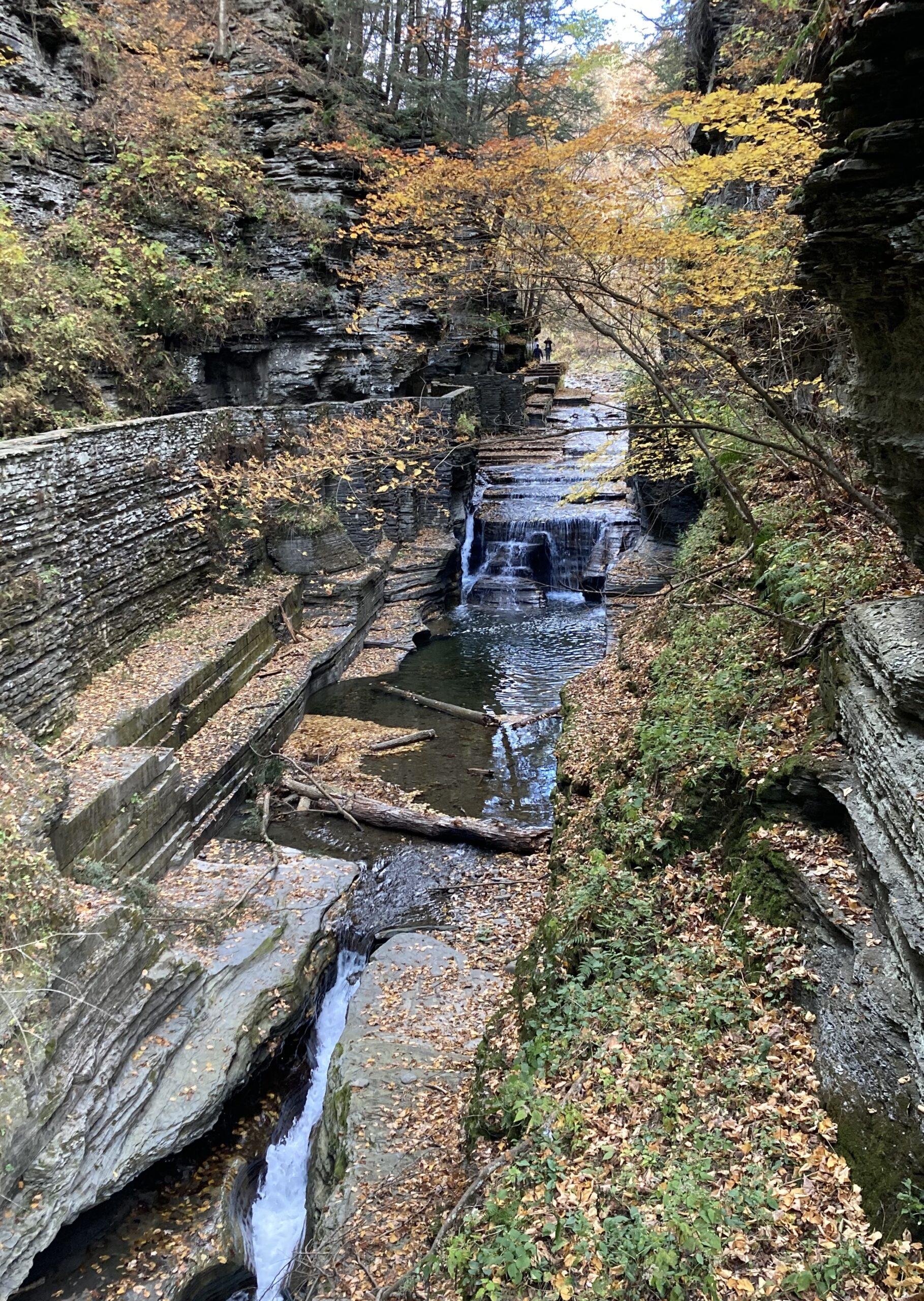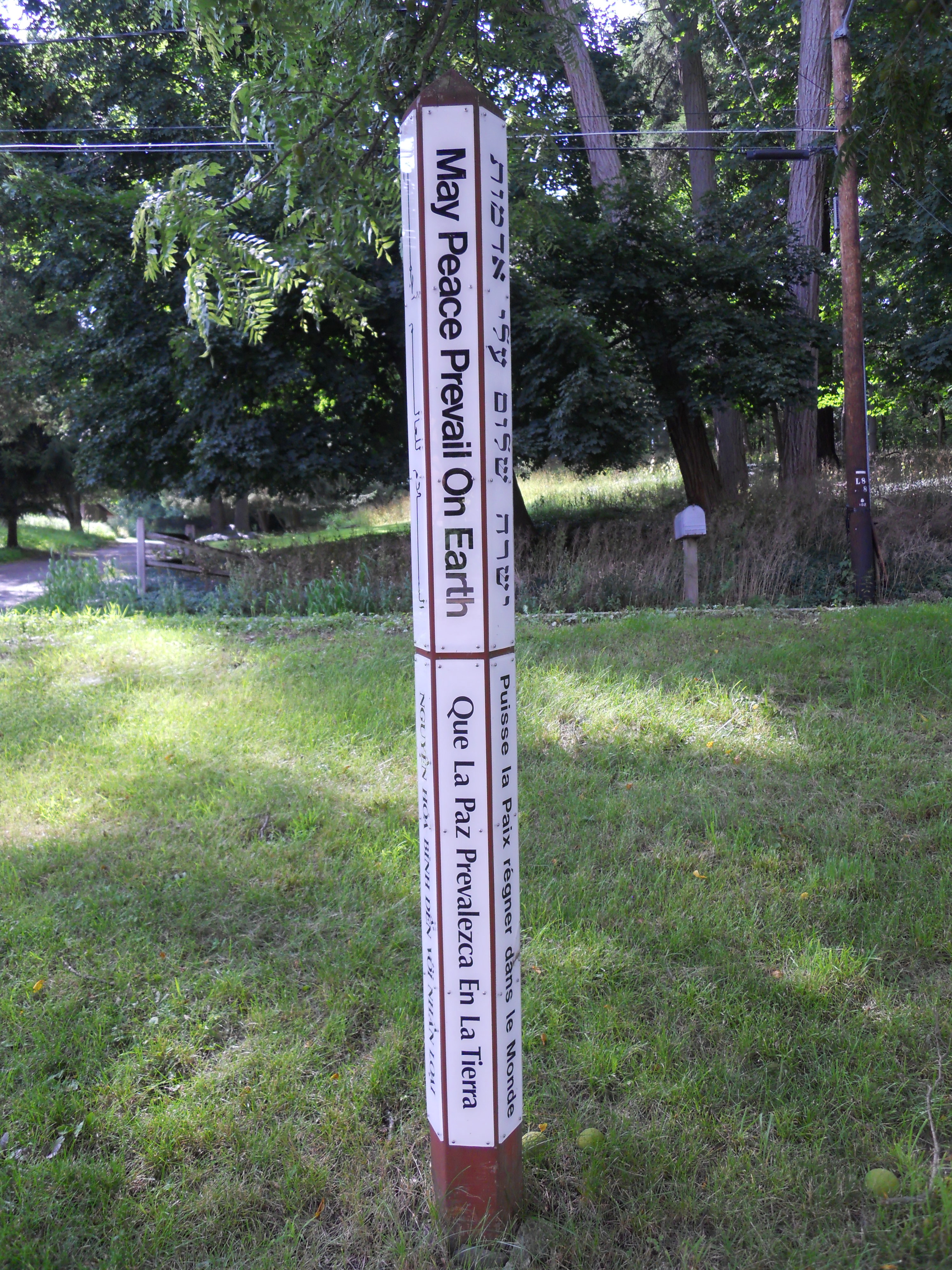A Guest Blog By Gillian Judson
Imagination and Place are two concepts that are rarely given the educational importance they are due. Each is often considered, for different reasons, peripheral to “real” learning and the work of mainstream schools. And yet, it isn’t difficult to stir up support for either one. There are obvious benefits of imagination for learning and many teachers are open to learning more about how to connect their students to Place, because, among other reasons, they see the value of developing students’ ecological understanding—a sense of connection with and concern for the natural world—or, increasingly, because they are being mandated to do so as part of their teaching. In addition to being of interest to teachers, if one knows where to look, there is theoretical and practical support for centralizing both of these neglected educational concepts in one’s practice.
Dr. Kieran Egan’s (1997, 2005) theory of Imaginative Education (IE) provides a theoretical framework and rationale for incorporating students’ emotional and imaginative lives in teaching and an extensive range of resources to translate this into practice. In IE, content is shaped in ways that connect to the imaginative and emotional lives of students. Imagination is acknowledged, thus, as one of the main workhorses of learning and not just a “hook” for grasping students’ attention. Similarly, there is an increasingly broad base of literature indicating the theoretical importance of Place and Place-Based Education (PBE) for cultivating ecological understanding and practical means for doing so. Bring imaginative engagement and an interest in Place together and we enter the new pedagogical terrain of Imaginative Ecological Education (IEE).
Three principles—Feeling, Activeness, and Place—guide an imaginative and ecological approach to teaching (Judson, 2015).
Feeling
In order to know how to imaginatively engage their students with a topic teachers must, first, be imaginatively engaged themselves. This puts a spin on the idea of creating “wonder” in the classroom. Indeed, what it suggests is that teachers find, first, what it is that evokes their sense of wonder. This is the emotional connection that will then inform all subsequent planning for teaching. This is the source, often of “the story” on a topic, the emotional and imaginative insight that will inspire the way the teacher shapes her teaching. What the teacher’s initial engagement does is allow for the introduction of the topic to the student in an emotionally and imaginatively engaging way. The teacher’s role in choosing what aspects of a topic to introduce—when and where—is part of all classroom teaching. An IE approach simply makes the teacher’s decision about where or how to begin be informed by emotional and imaginative interests first. From here she uses her knowledge of the ways her students engage emotionally and imaginatively with the world around them, to shape her teaching in a way that leaves students feeling something about it. She employs tools of the imagination—what Egan (2005) calls “cognitive tools”—to engage her students in discovering the wonder in the topic.
Activeness
It is important to consider that simply being outside or doing things outside will not necessarily contribute to learning or to students’ sense of connection to nature (Blenkinsop, 2008; Takahashi, 2004). In IEE the aim is to cultivate what Arne Naess (2002) calls activeness. Activeness describes a profound internal form of relationship we can cultivate with the natural world that has the most potential impact on our understanding of nature. “To do a great many things is not enough; what is important is what we do and how it happens. It is those of our actions which affect our whole nature that I call activeness” (Naess, 2002, p. 76). Rather than a form of physical activity, activeness may be better characterized as “lingering in silence” or as “pause” (Naess, 2002, p. 2-3). Our somatic engagement in the world, the attunement of our senses with our surroundings and the engagement of our sense of pattern, musicality, among other tools of the body, contributes to activeness.
Place
There is a rich body of literature in PBE that discusses the educational value of students’ engagement in the natural world for making their learning meaningful. It is also argued that a long-term sense of care for the natural world and a sense of connectedness within it stems from direct, physical engagement in nature as a child. So, unlike most pedagogy created in the current climate of objectives-based teaching, IEE is teaching situated. It is connected to the local natural and cultural contexts in which students live and learn, through engagement of the imaginative means in which human beings make sense of place. IEE also considers place-making in imaginative terms; we are imaginative and emotional beings. We use our imaginations in making sense of the world around us. Through the engagement of place-making tools—the sense of relation, the formation of emotional attachments, and creation of special places—increased knowledge of place (including, for example, knowledge of flora and fauna, geological and cultural history, etc.) is paired with affective engagement.
Place-making Tools
One of the imaginative means through which oral language users develop a sense of place is through the formation of emotional attachments with particular features of their immediate environments as well as with particular processes or rituals they experience on a frequent basis. So, for example, the teddy bear or “blankie” contributes to the child’s sense of self and world, offering a needed source of comfort and security. That is, children often grow very attached to objects of permanence in their environments. The young child’s sense of self and place is often blurred, as they experience a highly participatory form of engagement in the world as oral language users. In addition to emotional attachments to objects, shared processes or rituals contribute to the child’s sense of belonging in a place, to the meaning of the place and what sets it apart in the child’s mind. One sees, of course, in the adult world, ways in which shared rituals or customs continue to contribute to the sense of place and one’s sense of belonging (e.g. raising of a flag or customary patterns of interacting).
Older students will be imaginatively making sense of a situation in ways that reflect their growing sense of an independent, separate reality. In terms of place-making, one notices more direct attempts by children to create special, and often personalized, places of their “own” as in forts and hideouts, personalized lockers or decorated bedrooms. The creation (or also discovery) of special places support a child’s attempt to deal with a new sense of reality by offering a secure place in which he often has autonomy and from which he can creatively—and safely—explore wider social, cultural or natural contexts. Place-making now seems to coincide with more direct forms of creative engagement in the world. A central premise of IEE is that by employing in our teaching, the place-making tools that students are already using to make sense of their situations, we can engage imagination in place-making as part of any unit of study. [For more information on cognitive tools of place-making see Judson (2010), or Fettes & Judson (2011).]
Concluding Thoughts
IEE offers means to teach a rich and varied curriculum in ways that acknowledge and nurtures the imaginative life of every child. I hope this far-too-brief introduction to imaginative ecological teaching principles and practices leaves you curious to learn more. (The IEE website: www.ierg.ca/iee or IEE posts).
References
Blenkinsop, S. (2008). Imaginative ecological education: Six necessary components. In G. Judson (Ed.), Imagination 360˚: Effective learning through the imagination (pp. 139-148). Rotterdam: Sense Publishers.
Egan, K. (1997). Educated mind: How cognitive tools shape our understanding. Chicago: University of Chicago Press.
Egan, K. (2005). An imaginative approach to teaching. San Francisco, CA: Jossey-Bass.
Fettes, M. & Judson, G. (2011) Imagination and the cognitive tools of place-making. Journal of Environmental Education, 42 (2), pp. 123-135.
Judson, G. (2015). Engaging Imagination In Ecological Education: Strategies For Teaching. Vancouver, B.C.: UBC Press.
Judson, G. (2010). A New Approach to Ecological Education: Engaging students’
imaginations in their world. New York: Peter Lang.
Naess, A. (2002). Life’s philosophy: Reason and feeling in a deeper world. Athens, GA: University of Georgia Press.
Takahashi, Y. (2004). Personal and social transformation: A complementary process toward ecological consciousness. In E. O’Sullivan, & M. M. Taylor (Eds.), Learning toward an ecological consciousness: Selected transformative practices (pp. 169-182). New York: Palgrave Macmillan.
About the Author
Professor Gillian Judson is a consultant, researcher, and educator from Simon Fraser University, teaching courses in cognitive styles, environmental and imaginative education, and the awakening of wonder. She is the author of several books. Her latest publication is a co-authored book entitled Imagination and the Engaged Learner: Cognitive Tools for the Classroom. (Egan, K. & Judson, G. New York: Teachers’ College Press; 2016).









